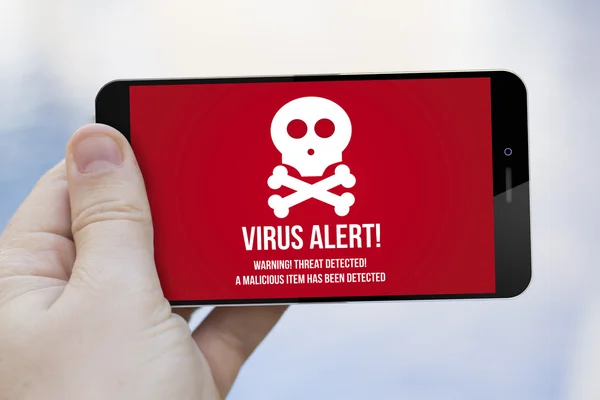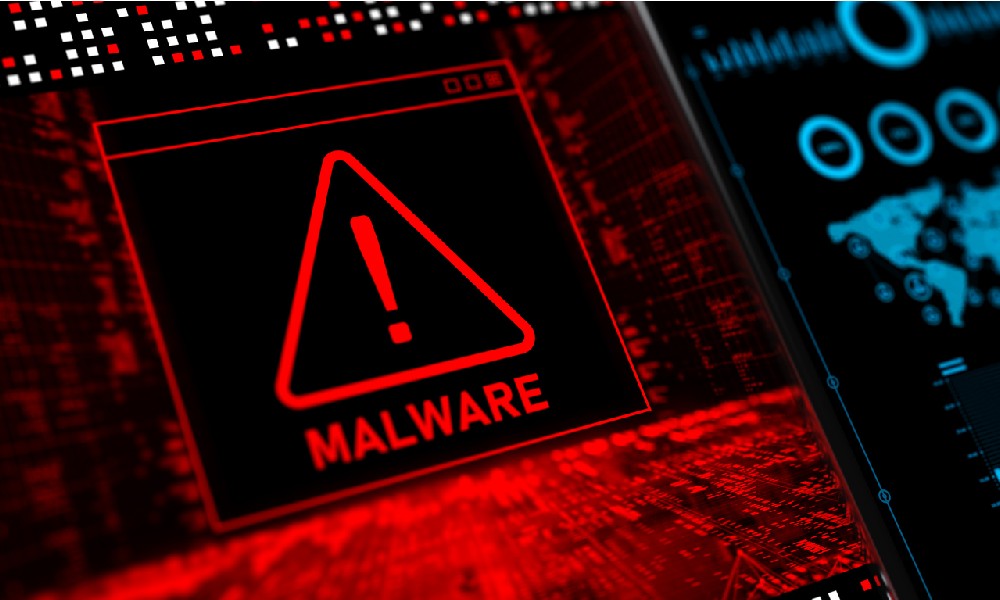The internet has become a hub of information sharing and an essential part of everyone’s daily life. But with this increase in usage comes the risk of malicious activities, such as viruses, spyware, adware, and other types of malware. Cybercriminals are always on the lookout for vulnerabilities in systems to exploit, which makes it essential to have effective anti-malware tools and techniques for detection and removal.
In this article, we provide an ultimate guide to the best anti-malware tools and techniques for detection and removal. Whether you are an individual or a business owner, you can use these tools and techniques to protect your devices and systems from malicious attacks.

- Antivirus Software: one of the most effective ways of detecting and removing malware is through antivirus software. This software monitors your system and scans your files for any malicious activity. There are many antivirus software options available, including Norton, McAfee, and Kaspersky. It is important to ensure that you keep your antivirus software up to date for the best protection.
- Firewalls: a firewall acts as a barrier between your computer and the internet, monitoring incoming and outgoing traffic. It prevents hackers from accessing your system by blocking unauthorized access. You can find software firewalls and hardware firewalls. Operating system firewalls such as Windows Firewall (built into Windows operating systems) can also be effective.
- Anti-Malware Tools: there are other anti-malware tools available that can help detect and remove malware. Some of these tools include Malwarebytes, HitmanPro, and Spybot. These tools can detect and remove a broader range of malware than traditional antivirus software.
- Regular Software Updates: software updates often include patches for vulnerabilities discovered by the developers. These patches help to address security issues that may have been exploited by cybercriminals. It is essential to keep all your software up to date, including your operating system, browser, and other applications installed on your computer.
- User Education: one of the most effective ways of preventing malware is to educate users on how to detect and prevent attacks. Users can be educated on how to identify malicious emails and website links, use strong passwords, and avoid downloading from shady sources.
Protecting your systems and devices from malware is essential to ensure the safety of your data and privacy. By using the best anti-malware tools and techniques discussed in this article, you can take measures to prevent infections and reduce the risk of malware affecting your system. Remember, keeping your software and operating system up to date, using a firewall, and taking advantage of anti-malware tools, including antivirus software, are all important steps in maintaining a safe and healthy system.




